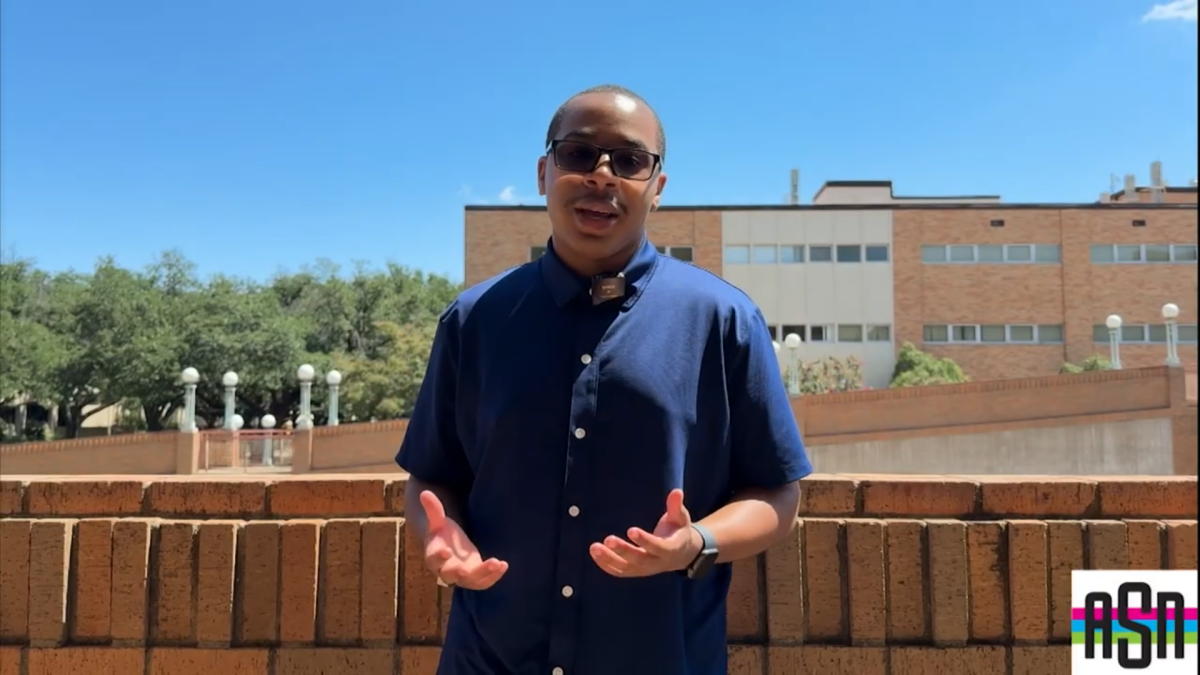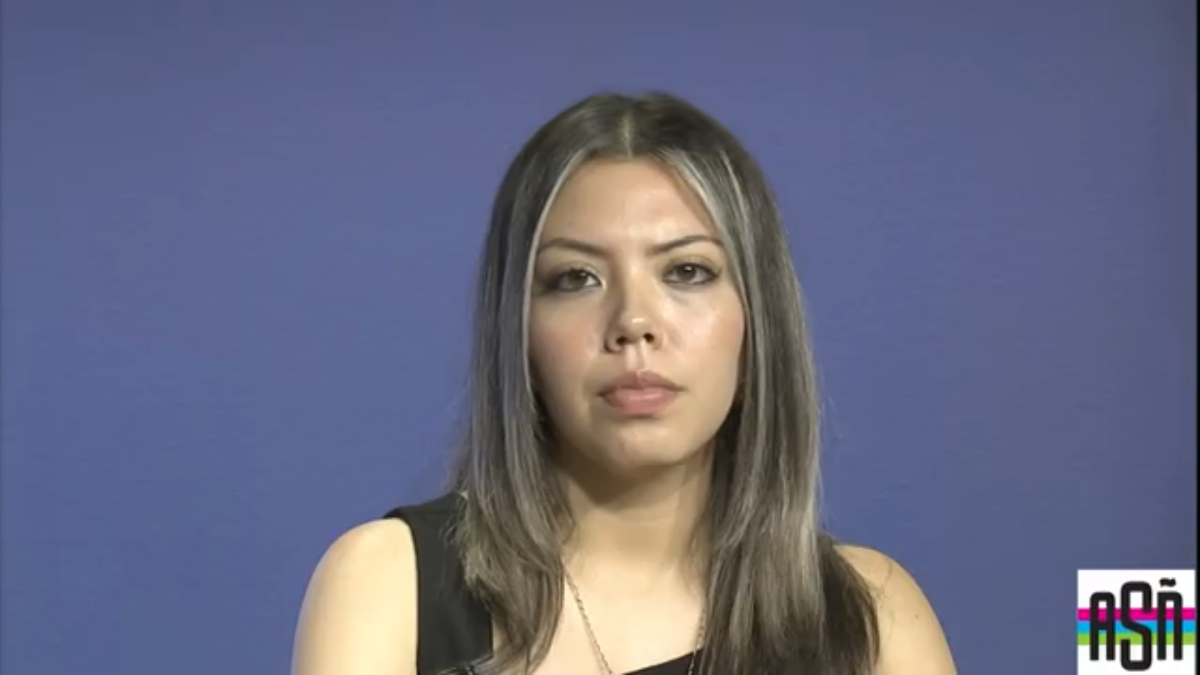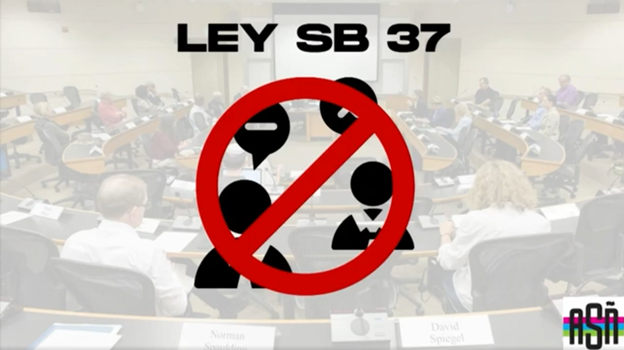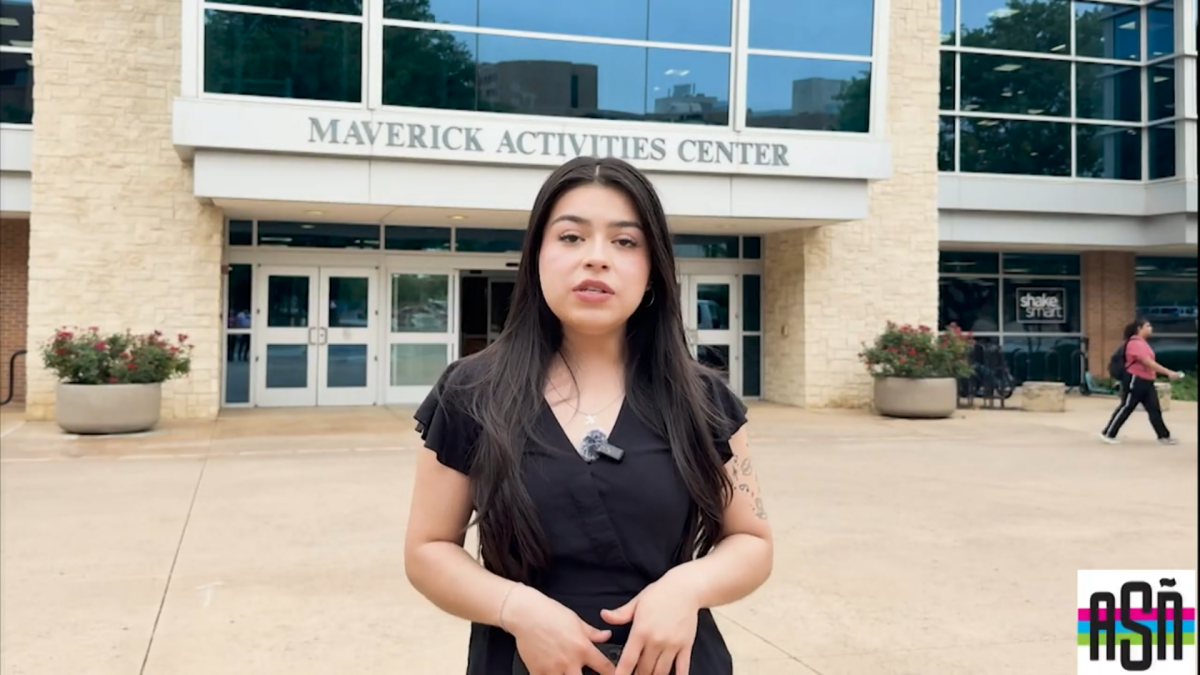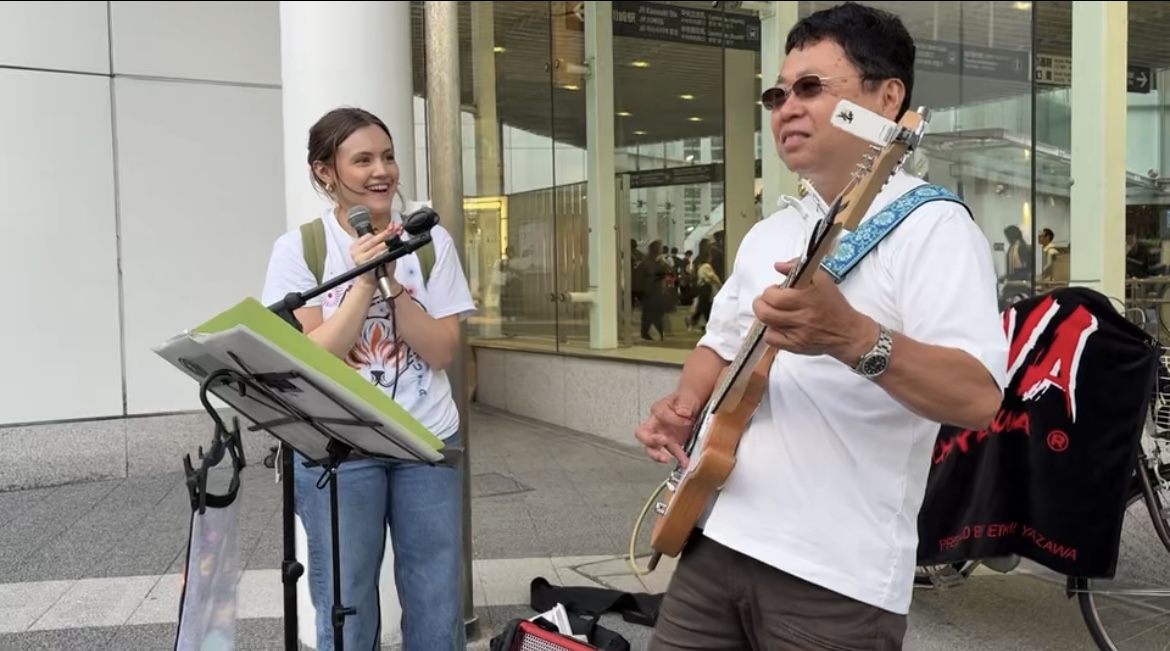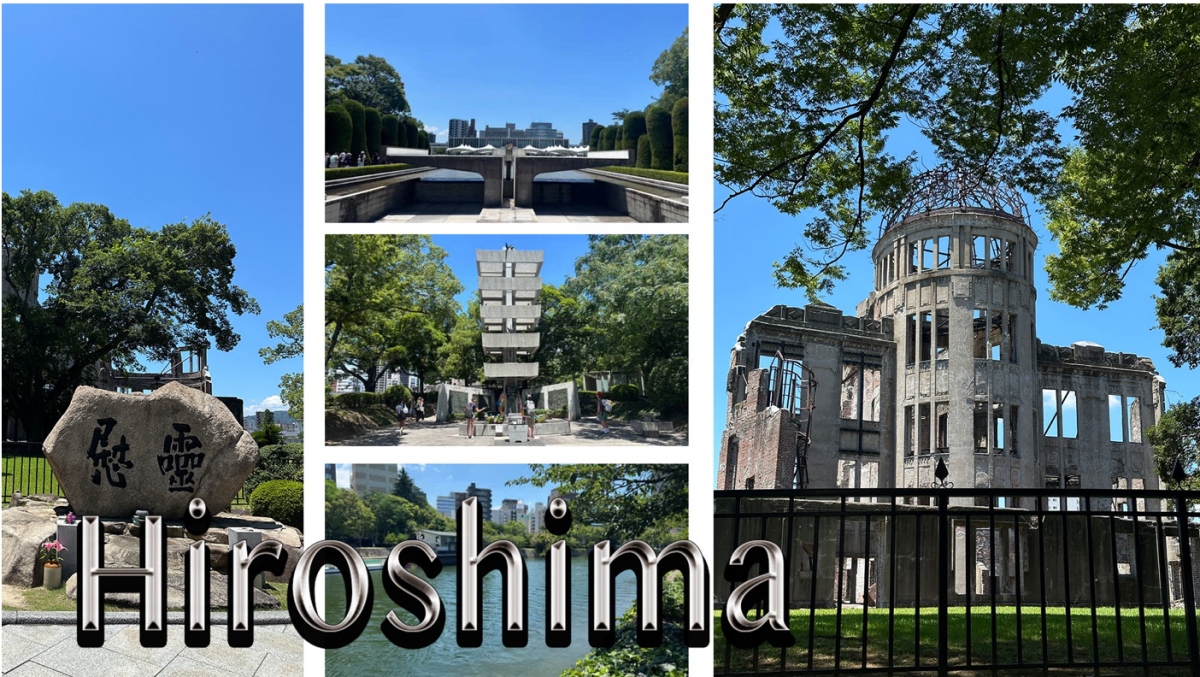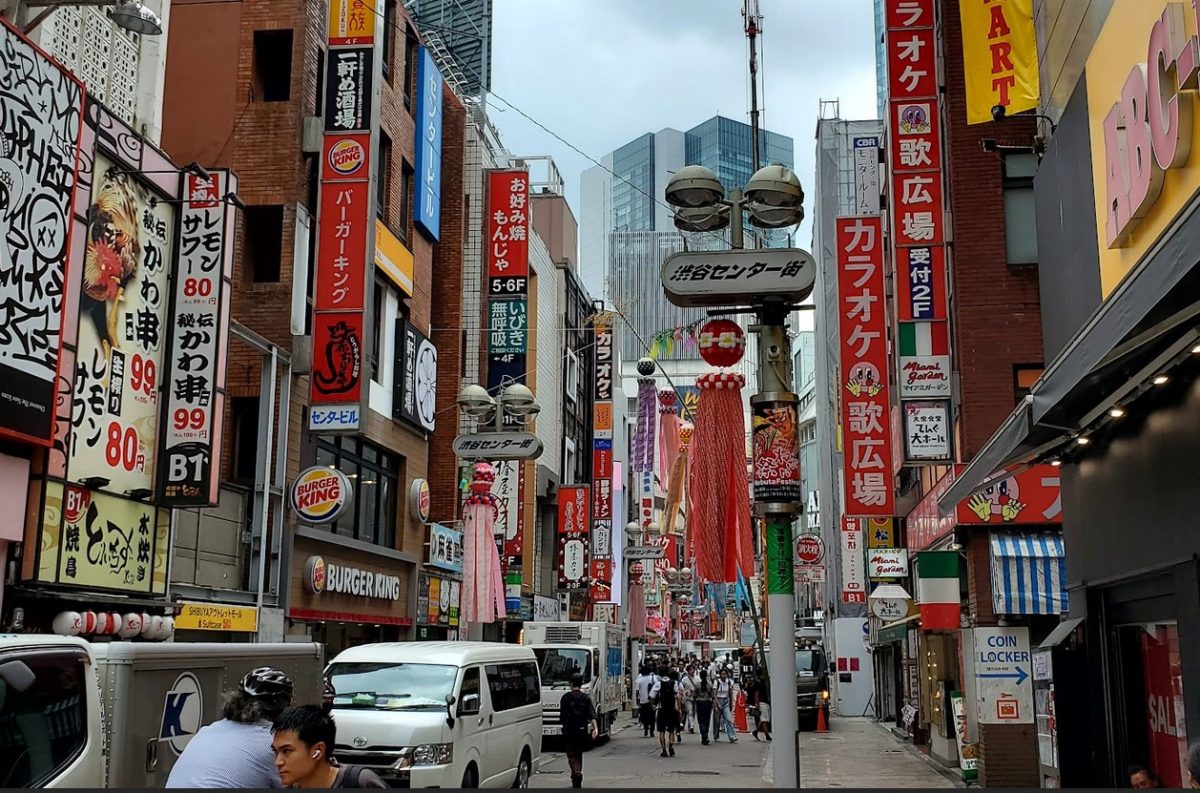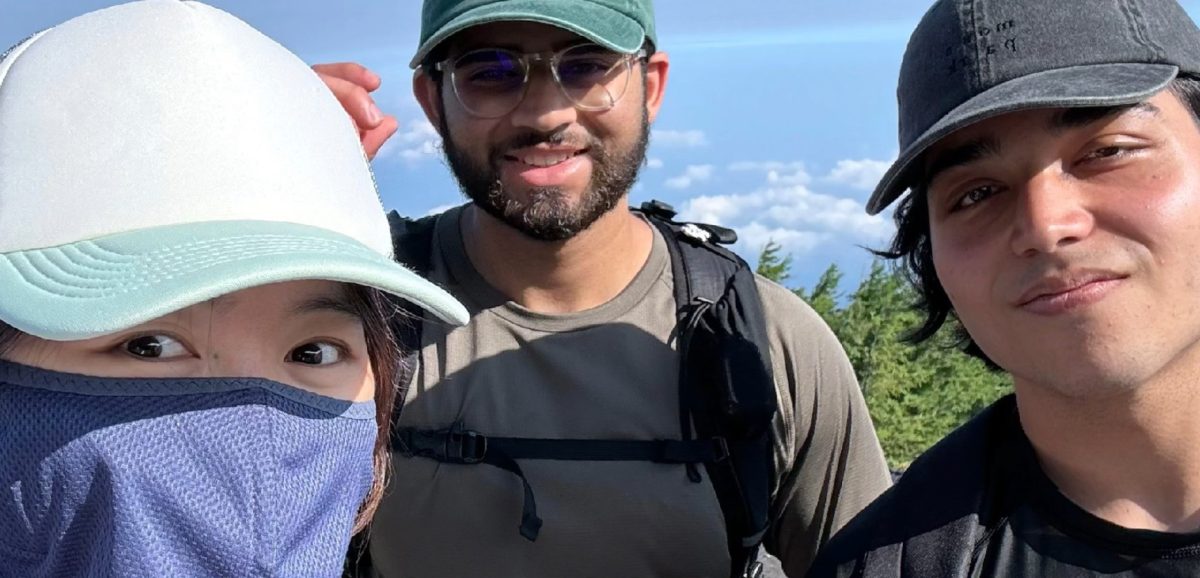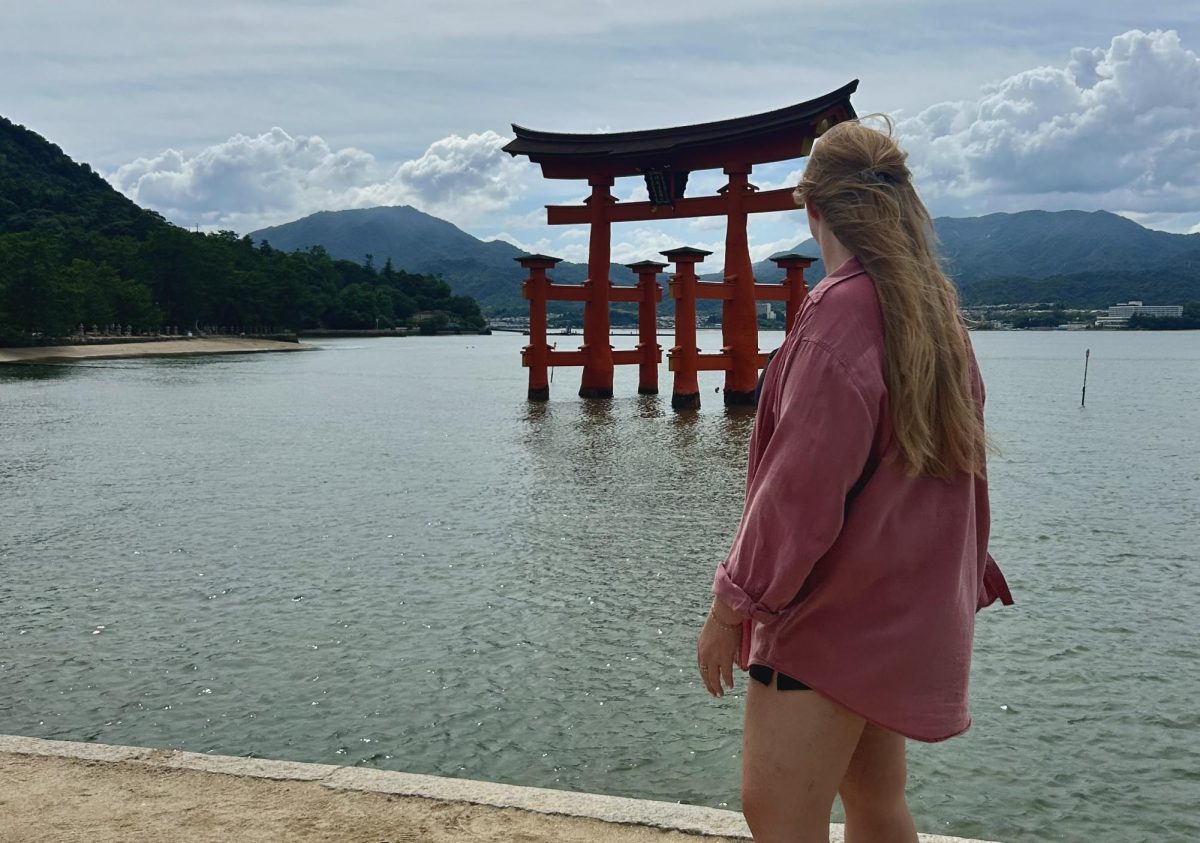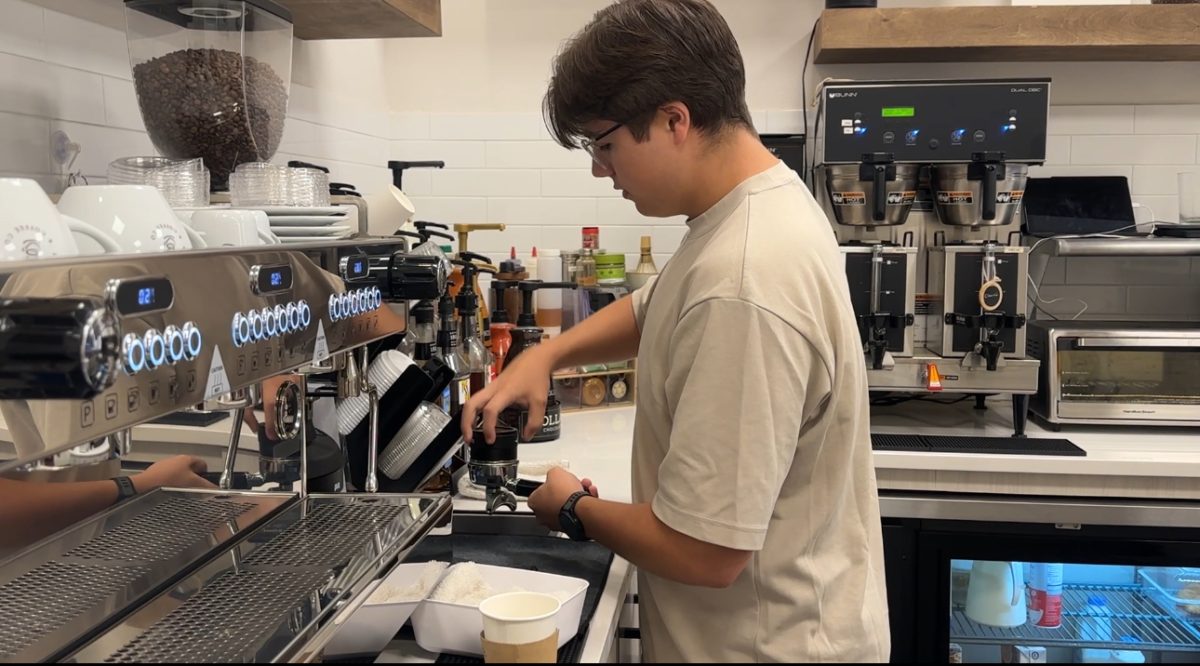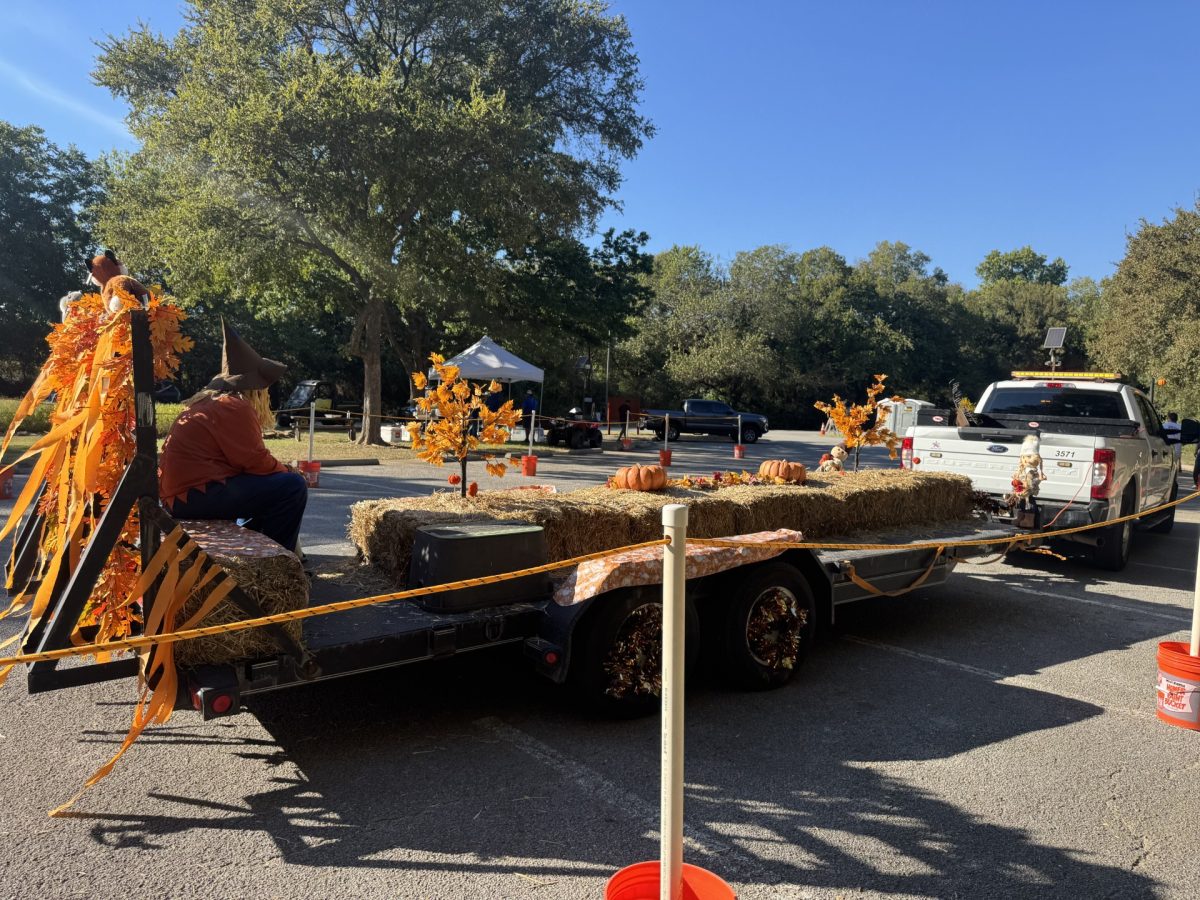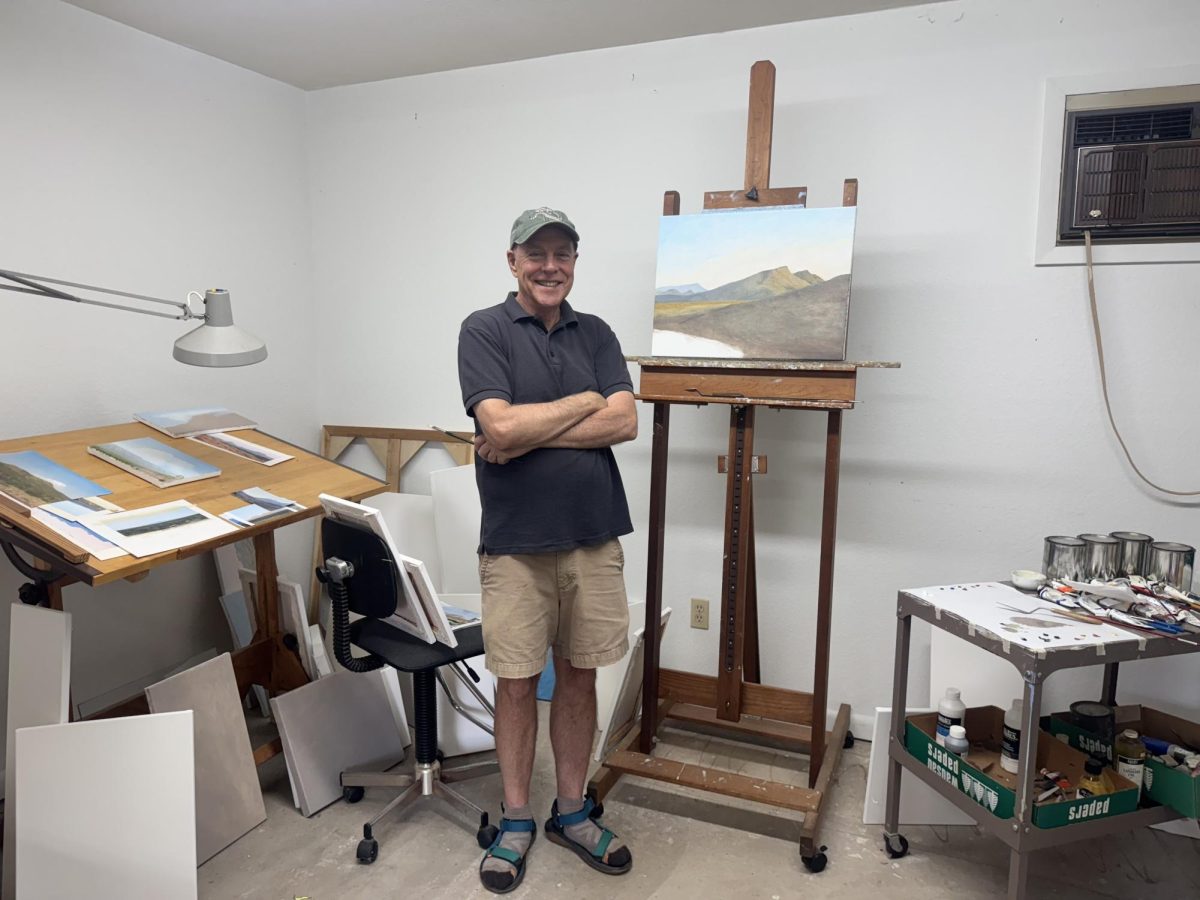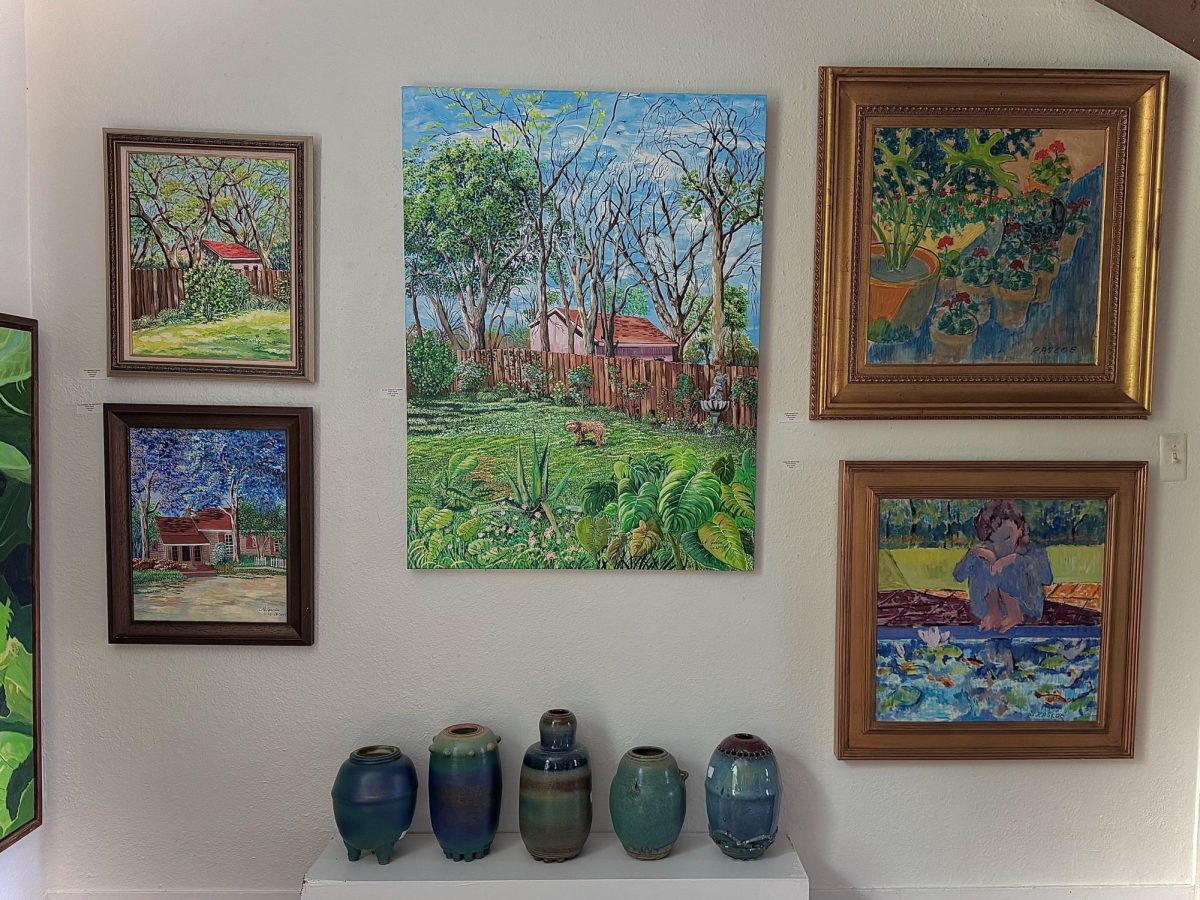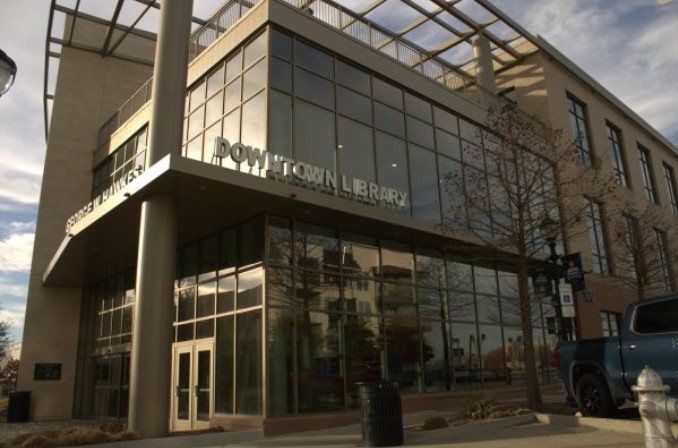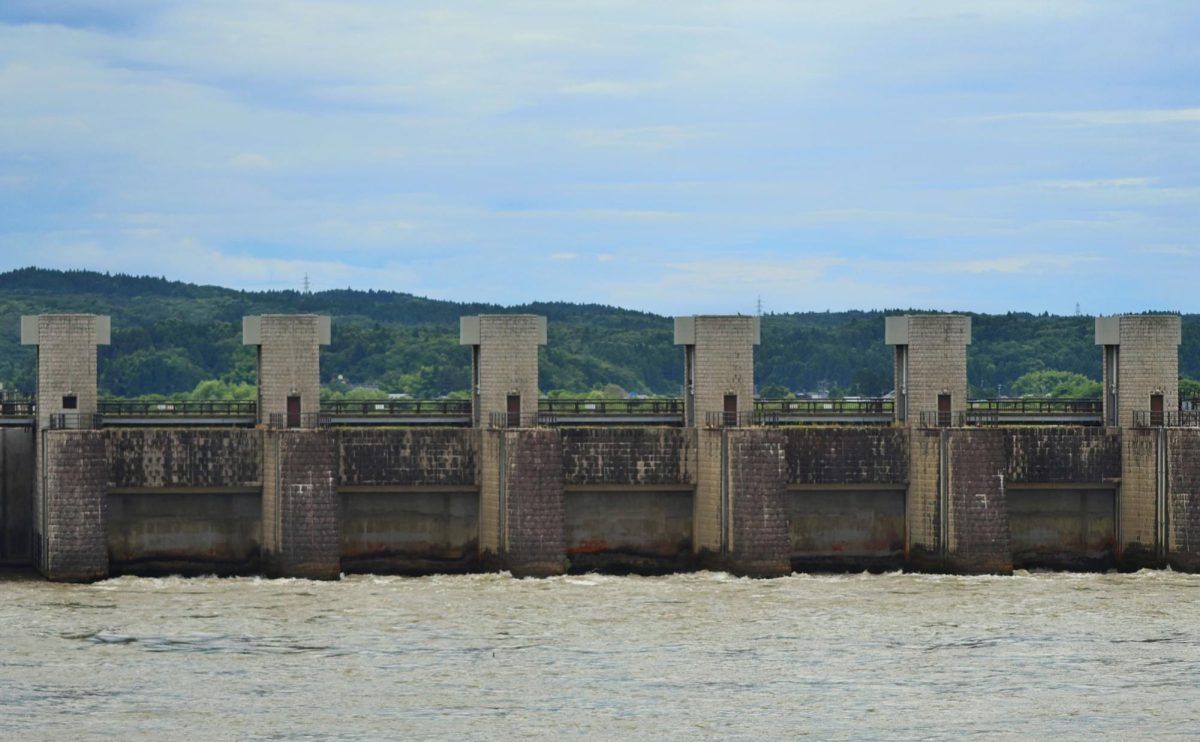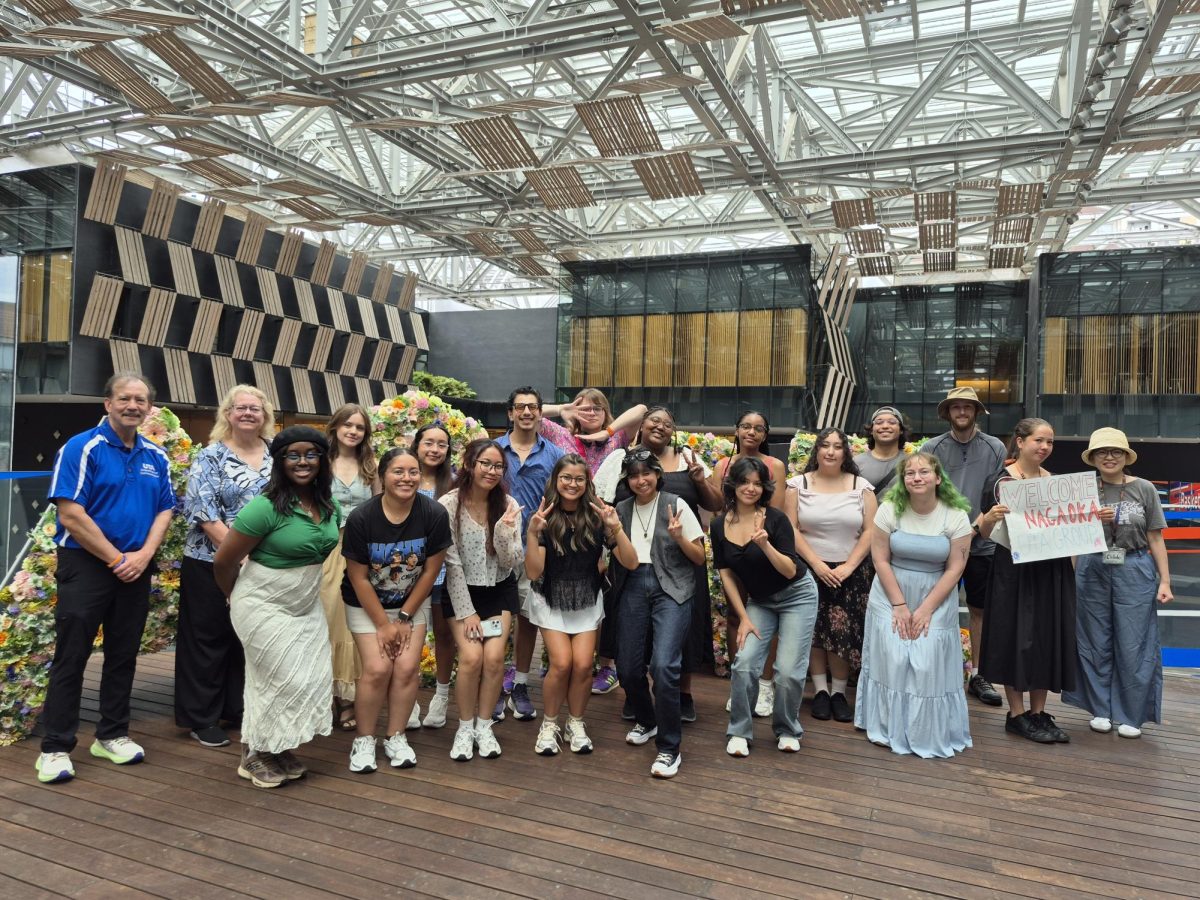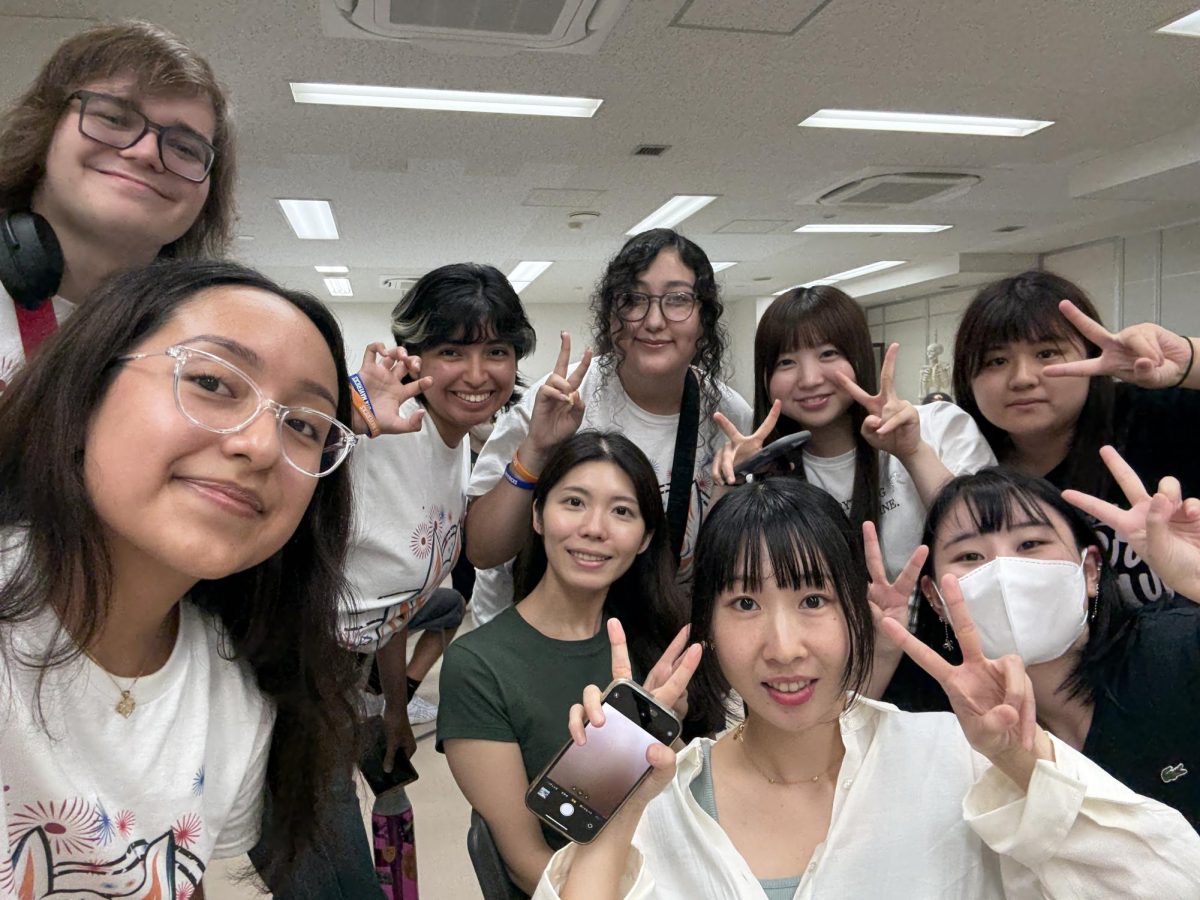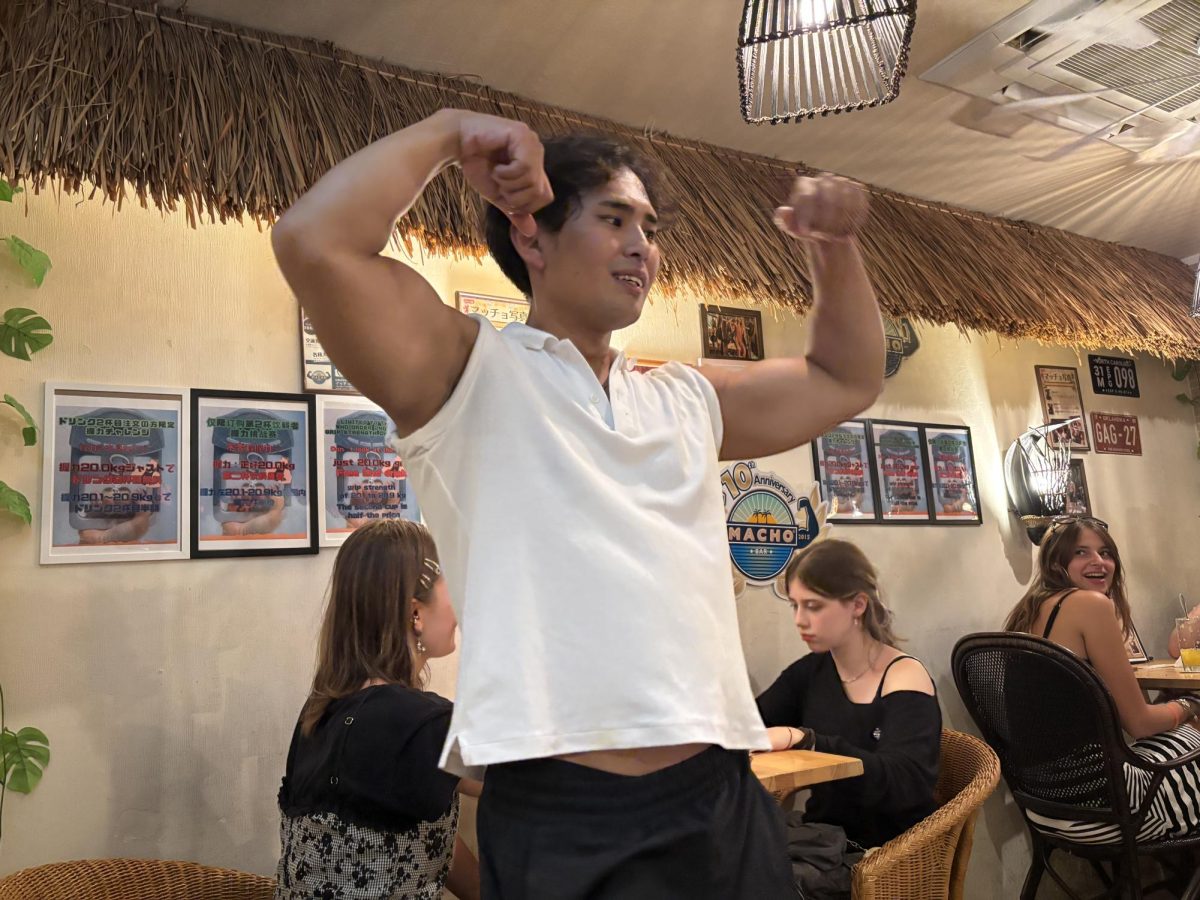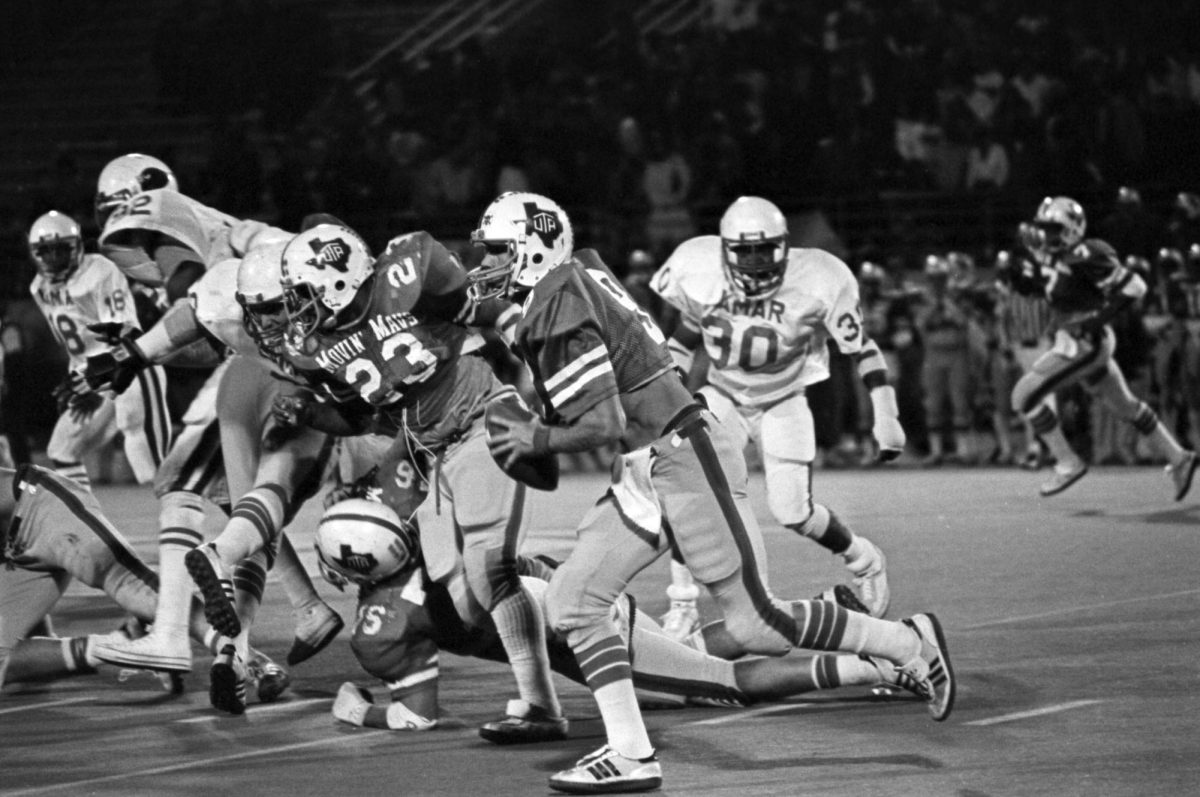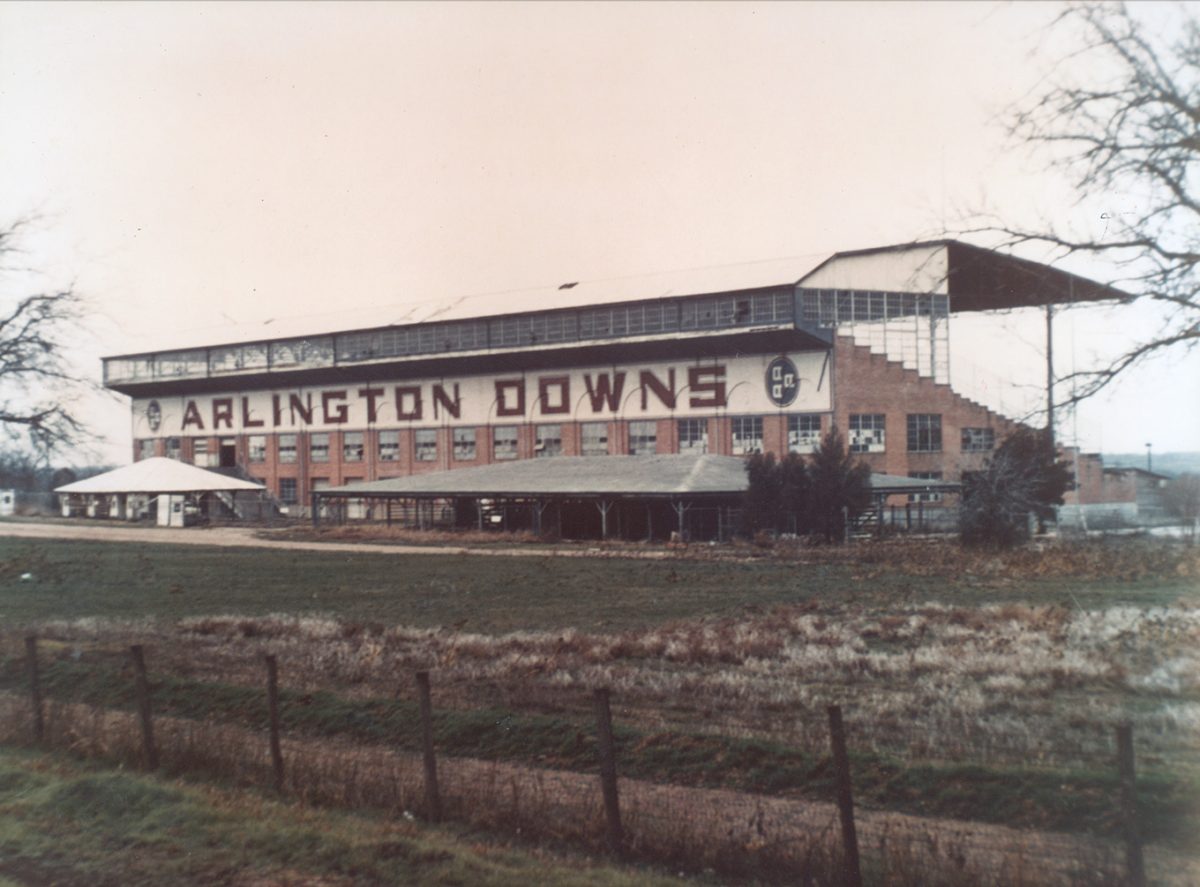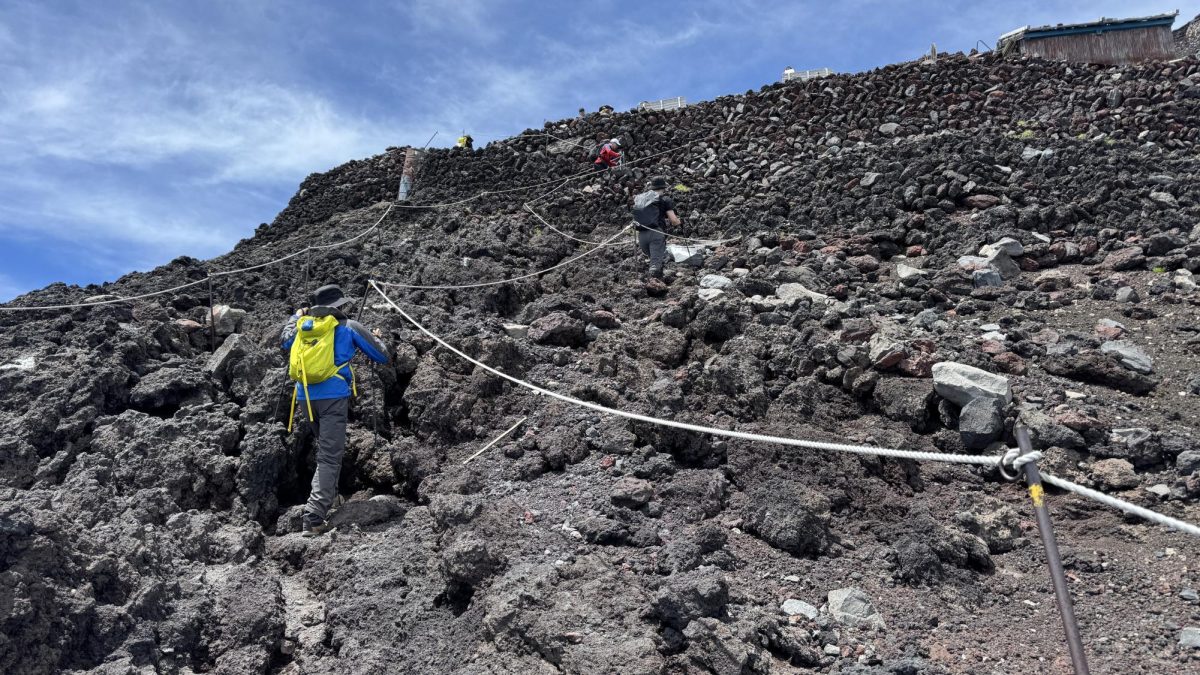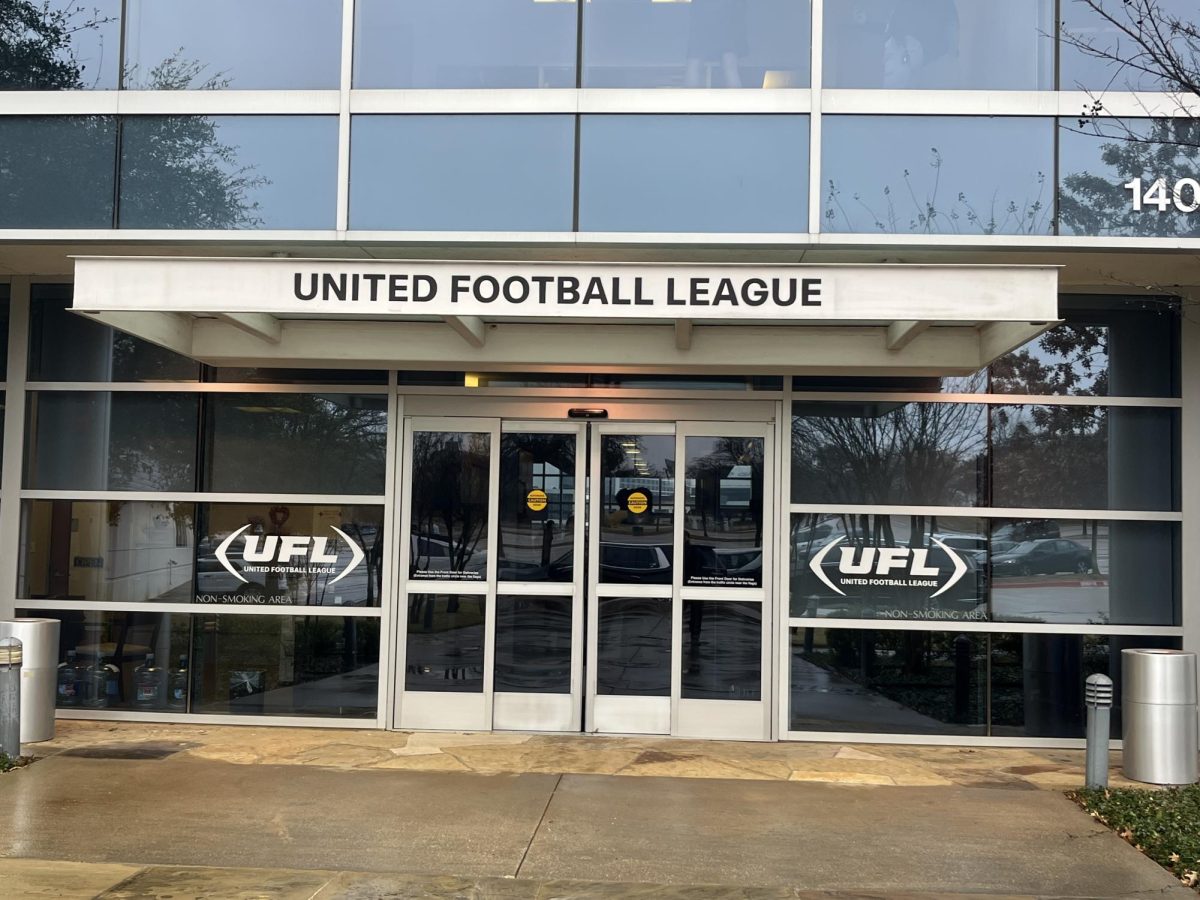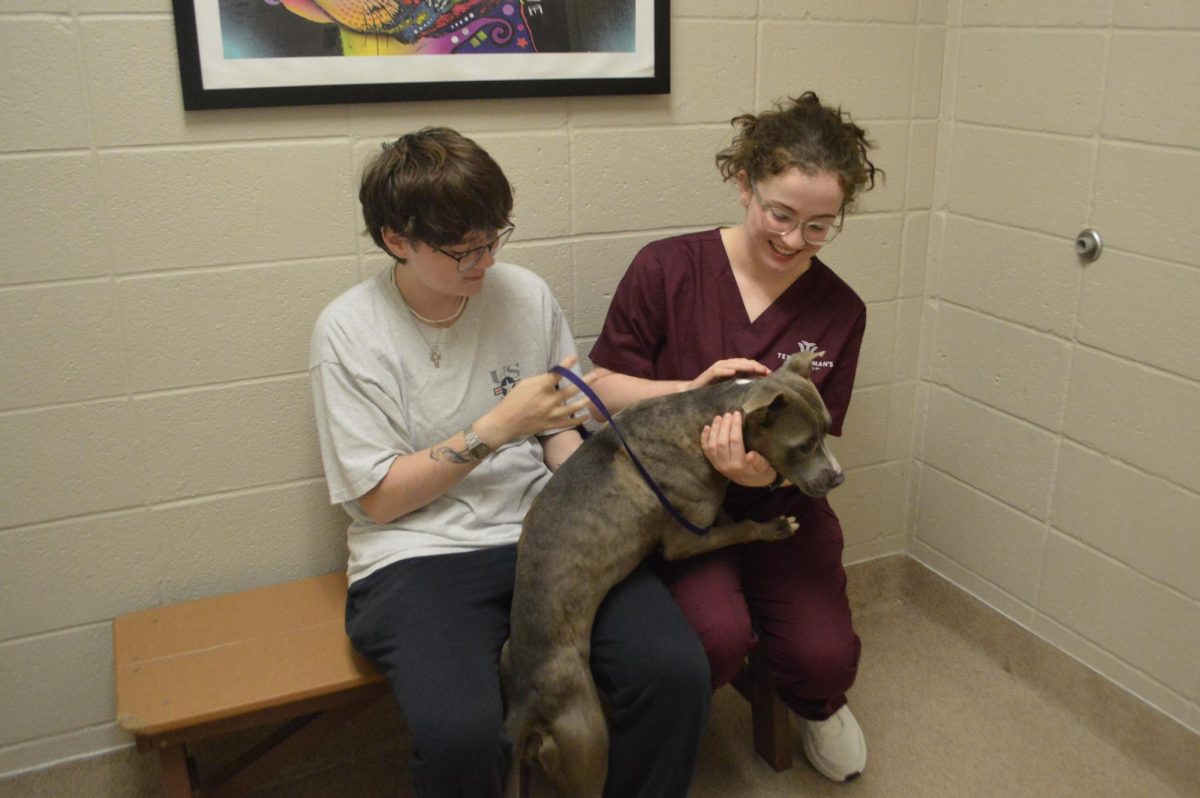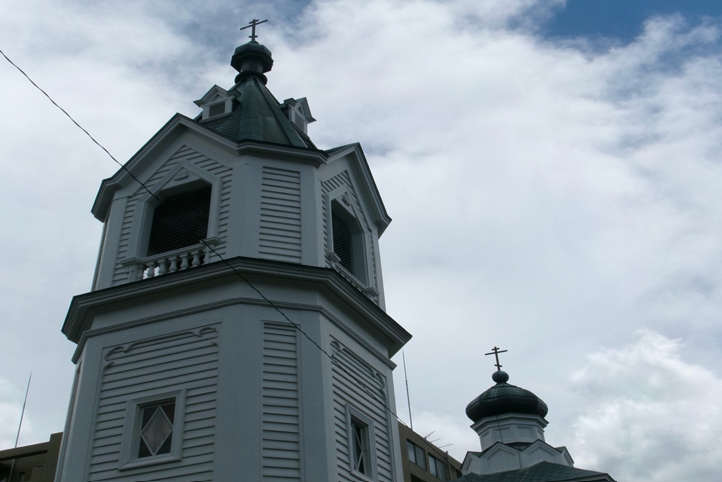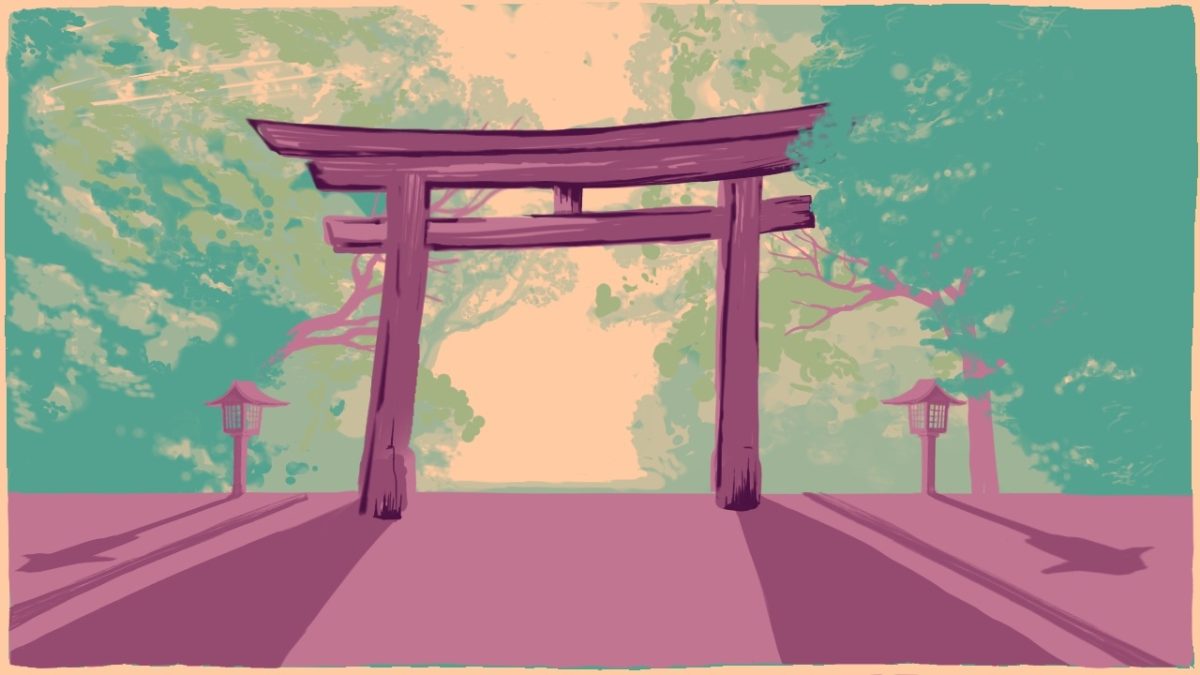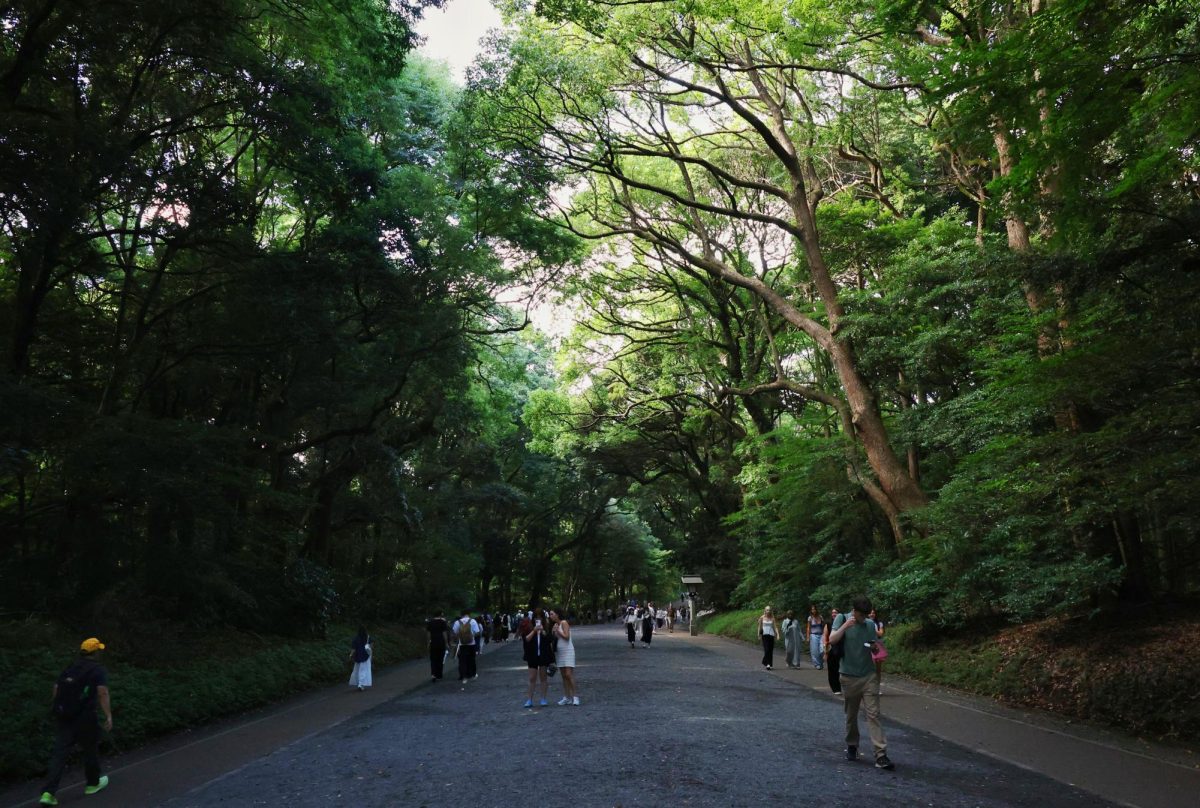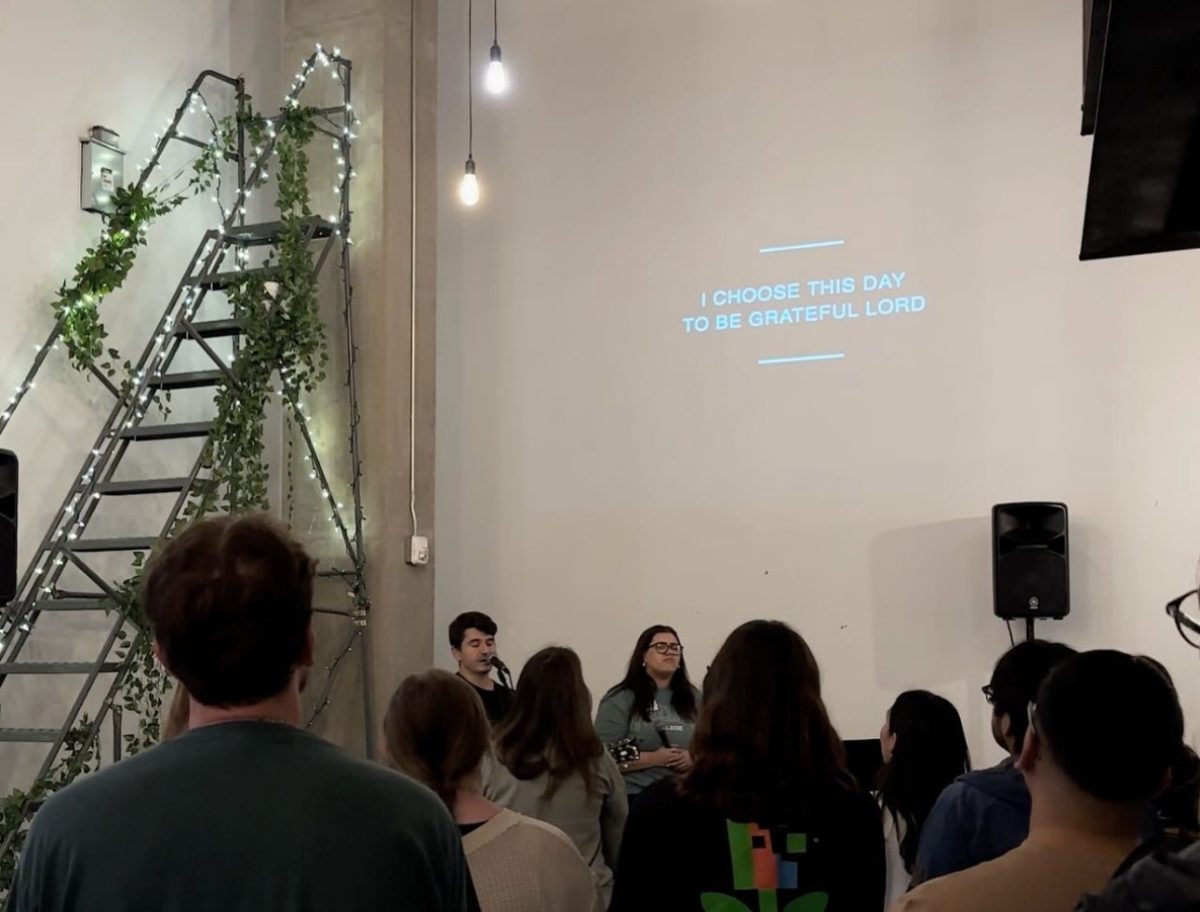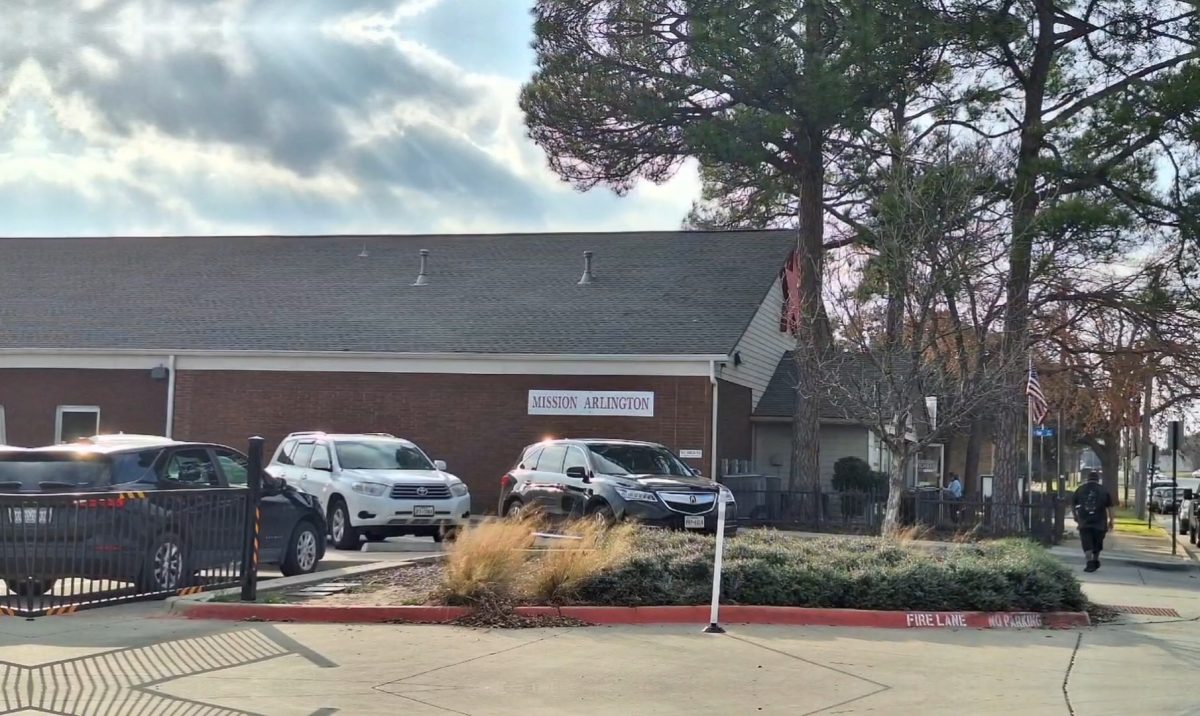HIROSHIMA, Japan—When I arrived at the Hiroshima Peace Memorial Museum, I felt excited and curious.
I quickly exchanged my yen for a ticket, but even before that, I was struck by how peaceful everything looked, the modern building surrounded by green trees and stillness.
A quiet that demands silence
As I walked up the long hallway into the first gallery, the atmosphere changed. The room was dark, the air felt heavier and there was a quiet that demanded silence. All around me, people stood still, eyes fixed on the photos and artifacts. It was like walking into a collective memory, one filled with pain, destruction and loss.
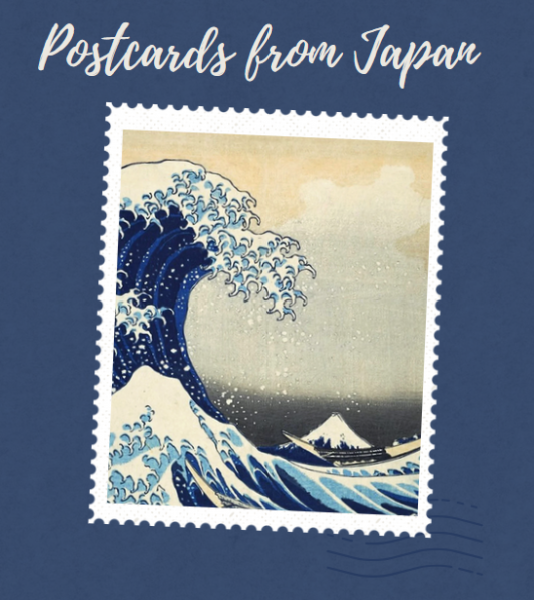
That’s when something hit me. Hiroshima wasn’t just a bomb site; it was a full living city. It was a place where students went to class, families gathered for dinner, kids rode bikes through the street. Aug. 6, 1945, didn’t just take lives.
It erased futures.
And in that moment, I wasn’t just thinking about history. I was thinking about my cousin, Isaura.
Cascading grief
She died in a crash caused by a drunk driver. She had two kids. In an instant, they were left behind. The grief didn’t end with her; it spread through the family like a shockwave. Her death didn’t just affect her. It broke something in all of us.
At her funeral, I sat next to my sister, crying one minute, laughing the next. Not because anything was funny, but because I didn’t know how to handle it. That’s how I’ve always coped, with humor. I don’t even try. It just happens. Maybe in my family, that’s how we survive. Laugh a little. Move on.
But in Hiroshima, I couldn’t laugh. I couldn’t hide behind jokes. The silence, the stillness, the stories—they didn’t leave space for humor. They demanded to be felt.
‘I will never die’
There was a diary from a student named Kazuo Kimura, who survived the blast but died three years later from the aftereffects. In his journal, he wrote about his pain, his dreams, his little sister. One line stood out:
“I will never die.”
Another story told of a 17-year-old girl, Kikue Katayama, who worked rescue efforts after the bombing. Radiation caught up with her. Even when she was bedridden, she told her younger brother, “I’ll go to work when I get well. I’ll make your life easier.”
But she never got well.
And that’s what got to me. These were people with jobs, dreams, younger siblings to care for.
Their lives were stories
Their lives weren’t statistics. They were stories. Just like Isaura. Just like all of us.
It made me think how many people walk through life not knowing how easily everything can be taken away. How many of us avoid feeling sadness because it’s easier to joke than to grieve?

I’ve visited many cities in Japan, but none have stayed with me like Hiroshima. It’s a place shaped by tragedy but not defined by it. It has become a living symbol of what it means to rebuild, to remember and to advocate for peace.
Remembering those who were lost
Some people say the bombing ended the war and saved lives. But standing there, surrounded by what was left behind, I couldn’t stop thinking about the ones who were lost—mothers, fathers, children, students, nurses, soldiers. Gone.
Healing isn’t automatic. It doesn’t come with time alone. It comes from remembering. From facing the grief. From choosing to carry someone’s story, even if it’s not your own.
Hiroshima reminded me of that. And Isaura reminded me what it feels like when someone’s story ends too soon.
Even though I’m someone who usually copes with laughter, in Hiroshima, I felt the air shift. It was heavy. And it made me listen.

